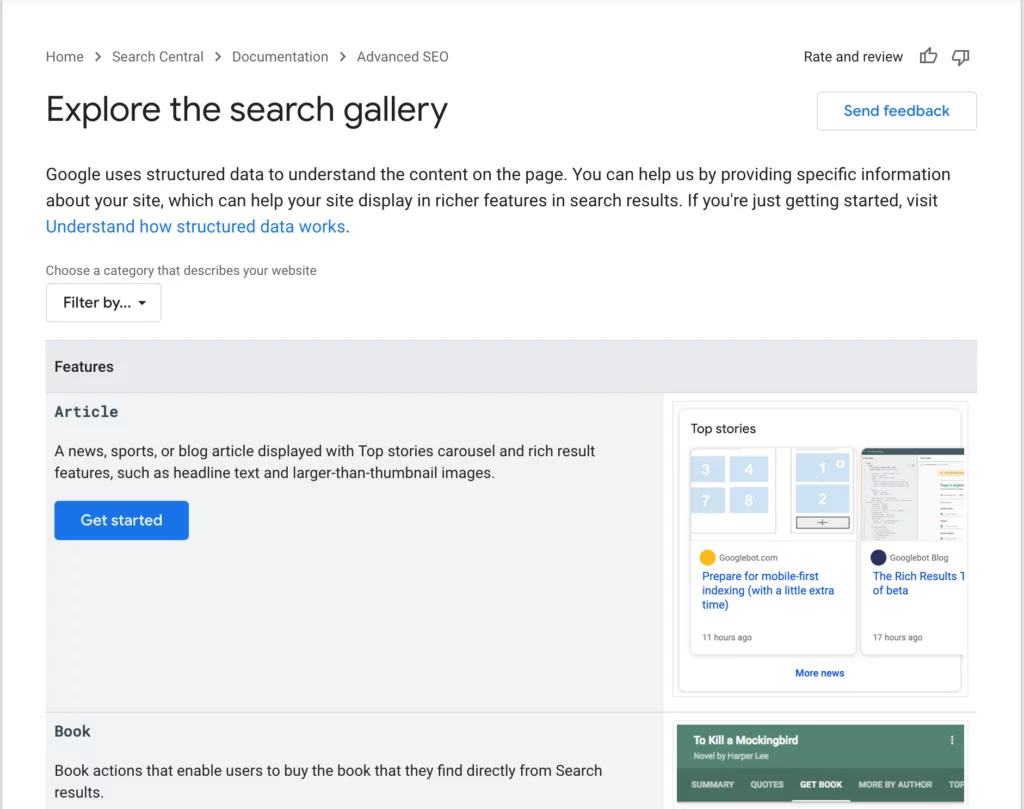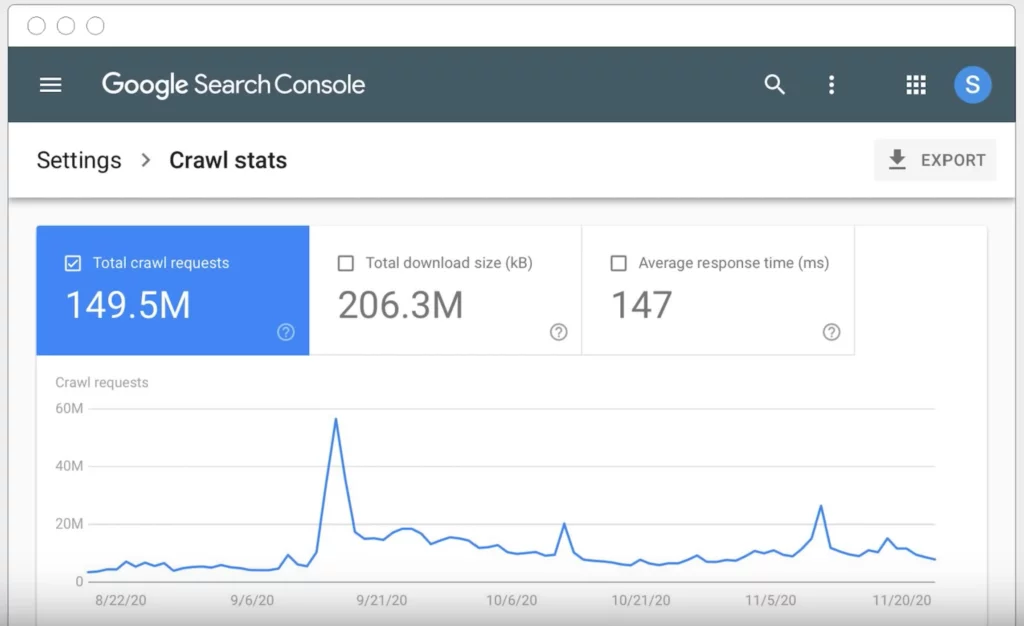Google I/O just wrapped up this past week. For those not familiar, this is Google’s annual developer event that’s typically held in Mountain View, California and covers all things present and future around Android OS, Cloud and other technologies being worked on at the Googleplex. While the global pandemic halted the conference in 2020, the show went on (virtually) this year.
You must be thinking… why does a search marketing firm care about a conference geared toward a developer crowd? Google I/O is also an opportunity for those of us in the realm of technical SEO catch a glimpse into what the search giant is up to and the impacts that it could have on our work in the relatively near future. It’s the event where Google has discussed, in-depth, on topics such as the future of the mobile web and how users interact with the web throughout their daily lives.
Google I/O Announcements That Could Impact Search
If you didn’t catch the livestream, we’ll give you the Cliffs Notes version of the most important items coming out of Google I/O, especially those that relate the most to search. Just keep in mind, the underlying theme here is Google’s push to “being more helpful in moments that matter.” The concept here, like much of our approach to search marketing, is that technology is immersive and a part of our daily lives whether we realize it or not. But technology doesn’t come without its own set of cause and effect that may or may not impact us in positive ways. For marketers with sound ethos, it’s good to keep that in check.
The Next Generation of AI with LaMDA
In the past few years, Google has continued to advance in not only its machine learning capabilities, but more so into its artificial intelligence (AI) that has expanded their view into natural language processing; or their ability to decipher what you and I say, or how we speak, to then translate this accurately in the digital space.
What is Google LaMDA & Why Does it Matter?
LaMDA is Google’s latest research project that expands their natural language capabilities. Their objective is to try and seamlessly carry on a conversation around many subjects. What’s more important is the ability to have LaMDA switch topics and never need to be retrained. It’s easy to see these types of interactions occurring with our devices when asking questions and interactions with apps like Google Assistant. But what about search?
These advancements with LaMDA and the progression in natural language processing has been a growth opportunity for the past couple of years. Not so much by the way in which Google processes the tone of voice in an audible sense, but also the ability to consistently translate a verbal cue into what’s being written on a page of a site or app and vice versa. It’s good to know that most recently, Google has translated over 20 Billion webpages with LaMDA. A far cry from the 130 Trillion pages indexed by Google (allegedly), expect this to expand rapidly.
This shift is not only an important one for search marketers, but digital marketers and communications professionals in general. It impacts and should guide the way in which content is being developed. Paying attention to the way in which we as individuals speak and converse to one another plays well into Google (potentially search and devices), as well as the audiences you’re trying to reach.
MUM’s the Word for AI Image Searches
Joke’s aside, MUM is Google’s new AI for when there isn’t a simple answer. MUM is 1,000 times more powerful than previous renditions and is well equipped to facilitate complex tasks. MUM is cross trained in over 75 different languages, and also has developed its own languages along the way.
And while we have often scoffed at voice search, we’ve also talked about how visual search was the next generation of search… we just were not there, yet.
What makes technology like MUM so powerful is that often the things we do and see in our daily lives are difficult to describe in text, or even voice-based searches. Think about yourself for instance. Instead of trying to describe to someone via text, a longer form and more complicated element, you send them a picture which describes perfectly to that person what they should be looking for.
Why? Aside from the visually impared, photos have zero language barriers. But with MUM, Google is able to mash those exact two items together in an effort to overcome any language translation and visual representation of what it is that you (or your audience) is trying to better understand.

Updates in Crawling – Welcome HTTP/2
HTTP2 is the next major version of the primary protocol used to transfer data across the Internet. Google’s John Mueller stated this allows Googlebot to open a single connection and request multiple files in parallel – layman’s terms, a more efficient way to crawl the web and get through your site, which gets into the subject of crawl budget. Simply stated, crawl budget is a supply and demand based on which URLs Google crawls on your site vs how many total URLs can Google crawl today.
Why does this matter to search? Google will now have the ability to crawl more URLs in a faster and more efficient manner. As the web grows in scale, Google is going to want a more efficient way to crawl and index the world’s information. Google has stated that since they started crawling with HTTP/2, over half of all URLs are crawled this way. This is all about saving bandwidth and server infrastructures.
Structured Data
Over the past year, JSON-LD has very much been the most popular form of producing structured data. The majority of search meta data can now be served via JSON-LD as well as Schema data (since 2011). Google’s Search Gallery has become a wealth of knowledge for developers and those being guided by technical SEOs wanting to ensure sites are delivering the most valuable and relevant information to Google. Structured Data now exists for everything from recipes to online and offline events. Will it improve your rankings? Not exactly… but it can help Google understand your site better. Structured Data can also be applied for video and their landing pages. If video is a part of your strategy, it’s certainly something you should familiarize yourself with.

Google Search Console Updates
One of the primary tools used by site owners an SEOs is Googles own tool, properly named… Search Console. For those unfamiliar, Search Console is a free tool that allows your to monitor the activity of your site in search and its potential performance.
New features coming to Search Console are Crawl Stats and the Page Experience Report.
Crawl Stats aims at providing site owners with some detailed information such as how many requests are made on your site by Google Bot, what the server response was and any availability issues that might have come up. Will this be a replacement for doing full server log analysis? Absolutely not. Remember… this is Google’s product and it’s going to focus on their bot, not others. It’s also widely known in the SEO community that Search Console isn’t delivering the full picture and sometimes filters the level of data. We’re anxious to see if this holds true for Crawl Stats or not.

The Page Experience Report coincides with the long anticipated Google Page Experience Update, which we have covered in detail previously. It aims at giving you insights as a summary of the good URLs on your site. Good URLs being those which met the “good” threshold of their Core Web Vitals metrics. [Insert eyeroll here, or check out our post on good web vitals metrics]
While these are just a few of the many updates that have come out of Google I/O 2021, these are some of the most important for those in search and web development that should be of interest. Search is the ever-evolving sphere within digital marketing, one of which you want to remain aware of the changes and potential impact it could have on your site.
If this feels a bit overwhelming, that’s ok, we’re here to help. Feel free to reach out with any questions or concerns you might have about your site and the future of your brand’s growth online.




